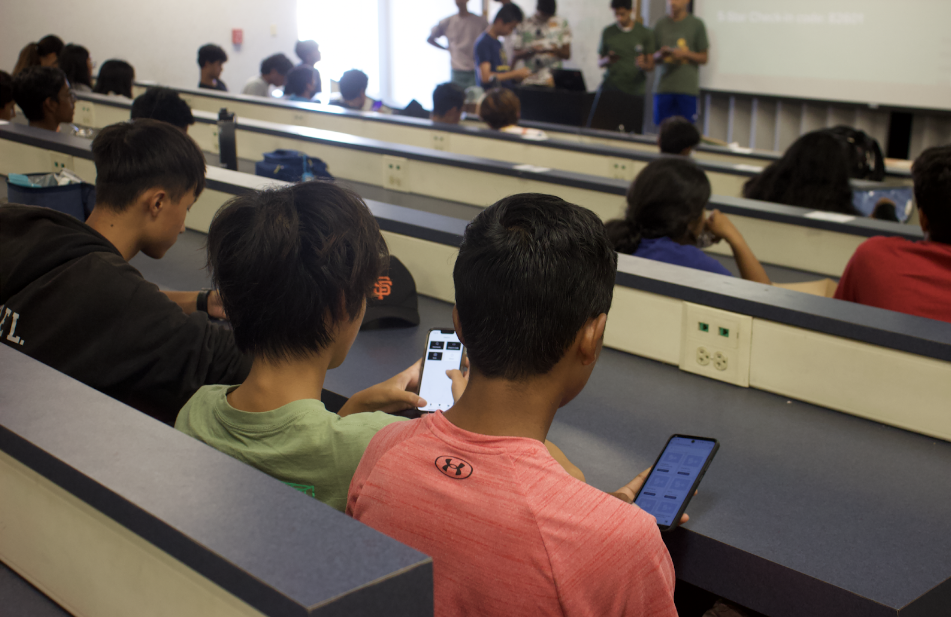Indian or South-Asian?

India was once an isolated island before it joined up with Eurasia.
January 28, 2019
Scrolling through Facebook, a person is likely to come across two groups popular amongst Irvington students, namely: Subtle Asian Traits and Subtle Curry Traits. The former is about east “Asian” cultures like Chinese, Korean, and Japanese cultures, whereas the latter is about Indian cultures. At first glance, the split between the groups seems inconsequential, but these Facebook groups presents a compelling question: are Indians Asian? Although geographically India is in Asia, Indians should not be considered Asians because of the wide cultural and genetic differences between the two groups.
Culturally, there is a clear difference between Indian culture and the east Asian ones. Starting with the basics of cuisine, food chemist George Burdock writes that “[Indian food] does something radical with flavors, something very different from what we tend to do in the [other cultures]. And it does it at the molecular level … they favor dishes with ingredients that don’t overlap in flavor”. The flavor of Indian food isn’t the only difference—the way Indians eat their food is different too. While Indians typically eat with their hands, most other Asian cultures (with the exception of those in the Arabian peninsula) use chopsticks, a utensil almost unheard of in India. Additionally, Indian sarees (traditional clothing that consists of a length of cotton or silk elaborately draped around the body), are vastly different from the Japanese Kimono or Chinese Hanfu, which look similar to each other. Finally, the written languages in India, such as Hindi, are based the Devanagari script and look drastically different from the written languages in areas like China, Korea, or Japan which all look relatively similar as they are loosely based around the Hanji script. However, the differences are not only skin deep; they are in their blood, literally.
Indian people are vastly different from the rest of Asia genetically, as their facial features are drastically different. Indian skin is on average a few shades darker than other groups in Asia, and their eyes are deeper set as well. Additionally, they have higher-set noses compared to East Asian people. These genetic differences can be attributed to the fact that India was geographically isolated, with the Himalayas effectively blocking all travel by foot. What separates them even more is that India had its own tectonic plate and was initially part of modern-day Africa. This further sets them apart from the rest of Asia as the Indian gene pool is closest to the African one.
While India technically may be part of Asia, that doesn’t make Indians Asians. The geographical features such as the Himalayas, and the fact that India was on its own tectonic plate, help differentiate India from the rest of Asia. The same thing happened between Europe and Asia—while they are both part of the same landmass, the geographical isolation coupled with the cultural and genetic differences created a large distinction between the two groups. It is really a shame to call Indians Asians, as their culture and people are vastly different from other areas of the continent.




















